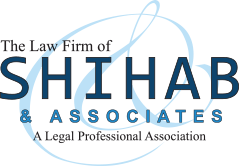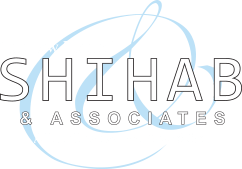On June 15, 2012, Homeland Security Secretary Janet Napolitano announced the new Deferred Action for Childhood Arrivals program, also known as Deferred Action or DACA, which allows certain undocumented immigrants to stay in the United States and to obtain work authorization. Undocumented immigrants who have been granted DACA should possess an Employment Authorization Document (EAD) card.
Once granted deferred action, the EAD card is sufficient to prove work authorizationAll employers in the US are required to complete a Form I-9, Employment Eligibility Verification, for each person they hire. This includes US citizen employees and foreign national employees. Section 3 of Form I-9 must be verified with documentation of identity and work authorization. The EAD card is one of the documents listed on the Form I-9 as satisfactory evidence of that person's identity and authorization to work. According to the USCIS, an employer should accept the EAD card if the card does not look fraudulent and appears to be a genuine document, the card is unexpired, and the card looks like it belongs to the person presenting it. Once a satisfactory EAD card is produced, employers should not ask for additional proof of work authorization. The employer would be required to re-verify using section 3 when Employee’s EAD card expires in order to confirm that the employee still has US work authorization.
Employers cannot discriminate against foreign nationals who are authorized to workIt is important for employers to keep in mind during the I-9 process, that according to the Immigration and Nationality Act employers are prohibited from discriminating against people who are authorized to work in the United States based upon their national origin, citizenship, or immigration status.
When to complete a new form I-9 or section 3An employer who receives updated information from a Deferred Action employee should determine if a new form I-9 is needed or if only Section 3 of the current I-9 should be completed. Employers should complete a new I-9 Form if a change was made to the employee’s name, birth date, attestation, or Social Security number. Employers should only complete Section 3 if the information in section 1 is the same, and employee has presented a new EAD card.
E-verify guidanceIf you are an employer that participates in E-Verify, and you complete a new I-9 Form, you should verify the new I-9 Form information through E-Verify. If you only completed Section 3 of the previous I-9, then you should not perform a new E-Verify check. If you have questions about Deferred Action for Childhood Arrivals or Employment Authorization Document concerns, please contact our immigration attorneys or call The Law Firm of Shihab & Associates, Co., LPA at the nearest office close to you to consult with an attorney.

